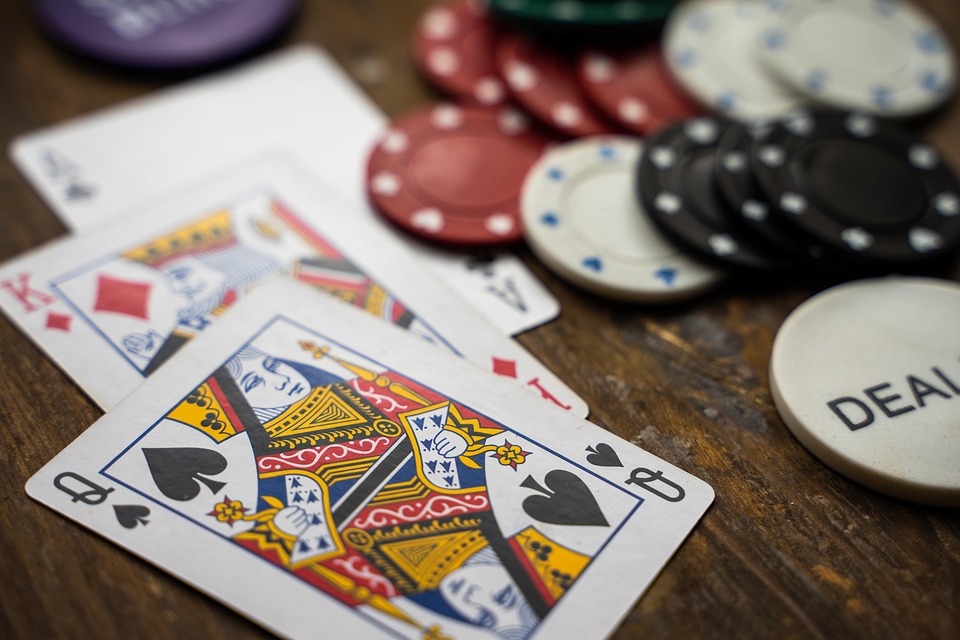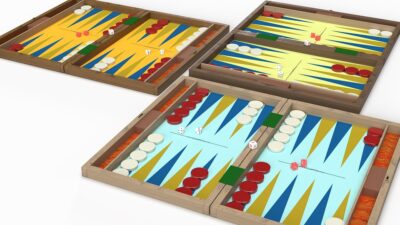The evolution of fighting games has seen a remarkable shift over the years, not only in graphics and gameplay mechanics but also in the way players engage with the very characters they control. Character customization has become a vital feature in modern fighting games, allowing players to personalize their avatars and deepen their connection to the game world. This article explores how character customization enhances player experience, the various options available, and its cultural impact within the gaming community.
The Rise of Character Customization
Character customization in fighting games can be traced back to the late ’90s, but it wasn’t until the 2000s that it truly began to flourish. Early titles like "Soulcalibur" and "Street Fighter" introduced basic customization options, allowing players to tweak the appearance of their favorite fighters. However, recent releases have taken this concept to new heights. Today, games like "Tekken 7," "Mortal Kombat 11," and "Guilty Gear Strive" offer extensive character customization tools that allow players to modify everything from outfits and colors to accessories and movesets.
Enhancing Player Engagement
One of the primary benefits of character customization is the enhanced player engagement it fosters. When players are allowed to express their individuality through their character, a more profound emotional investment is created. This personal touch turns a generic fighter into a reflection of the player’s personality, preferences, and style.
-
Identity Expression: Customization resonates with the player’s identity, allowing them to craft a character that signifies who they are. Whether it’s a fierce warrior with elaborate tattoos or a whimsical clown with pastel colors, the options allow players to showcase their character’s persona alongside their own.
- Community and Identity: Sharing custom characters has become a popular practice within the gaming community. Players often take pride in showcasing their unique creations on social media and streaming platforms, fostering a sense of community and competition. This can lead to the creation of entirely new fan communities based around shared aesthetics and styles.
The Mechanics of Customization
Modern fighting games introduce a variety of customization mechanics, providing players with a plethora of choices:
-
Visual Customization: Players can often modify appearance through outfits, hairstyles, and accessories. For example, a player might choose between traditional armor or a vibrant streetwear outfit to make their character stand out.
-
Move Set Customization: Some games allow players to alter a character’s moves or abilities. This not only lets players test different playstyles but also creates unique gameplay experiences tailored to personal preferences.
-
Cosmetics and Unlocks: Many games utilize a progression system that rewards players with new customization options as they progress, encouraging them to keep playing and exploring.
- Collaborations and Events: Seasonal events or collaborations with popular franchises introduce limited-time customization options, further enhancing player engagement. For example, characters might don outfits inspired by popular films or crossover characters from other games.
Cultural Impact
The cultural implications of character customization in fighting games are significant. The ability to create a character that resonates with a specific culture or background allows players from diverse backgrounds to see themselves represented in their favorite games. This has led to a broader acceptance and appreciation of various cultural identities within the gaming community.
Moreover, as gaming becomes increasingly mainstream, the concept of character customization is paving the way for wider discussions about inclusivity and representation in media. Developers who prioritize diverse customization options are recognizing the importance of inclusivity, which resonates with a global audience.
Conclusion
Character customization is shaping the future of modern fighting games, offering players a personalized approach to gameplay that enhances engagement, community interaction, and cultural representation. As technology evolves and game development continues to innovate, the possibilities for customization are nearly limitless. For players, this means not just battling in a virtual arena but doing so with an avatar that is uniquely theirs—a reflection of their individuality, values, and style. As we look ahead, it is clear that character customization is not just a feature; it is a fundamental aspect of what makes modern fighting games so compelling. In this ever-evolving landscape, one thing is certain: players will continue to seek out that personal touch, making each battle feel like their own.



